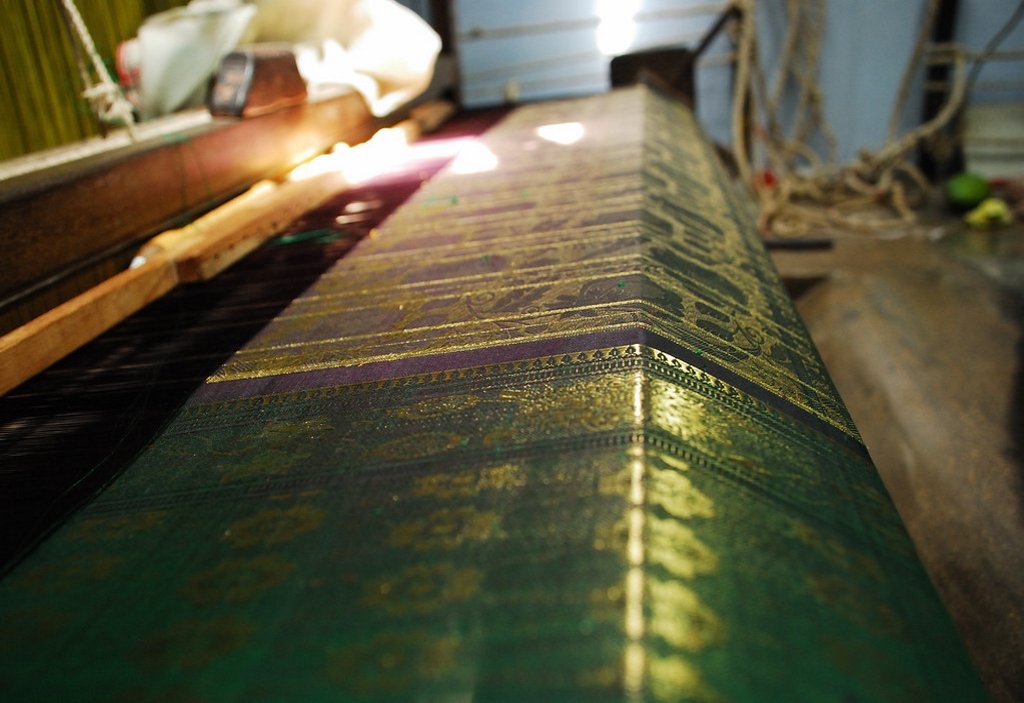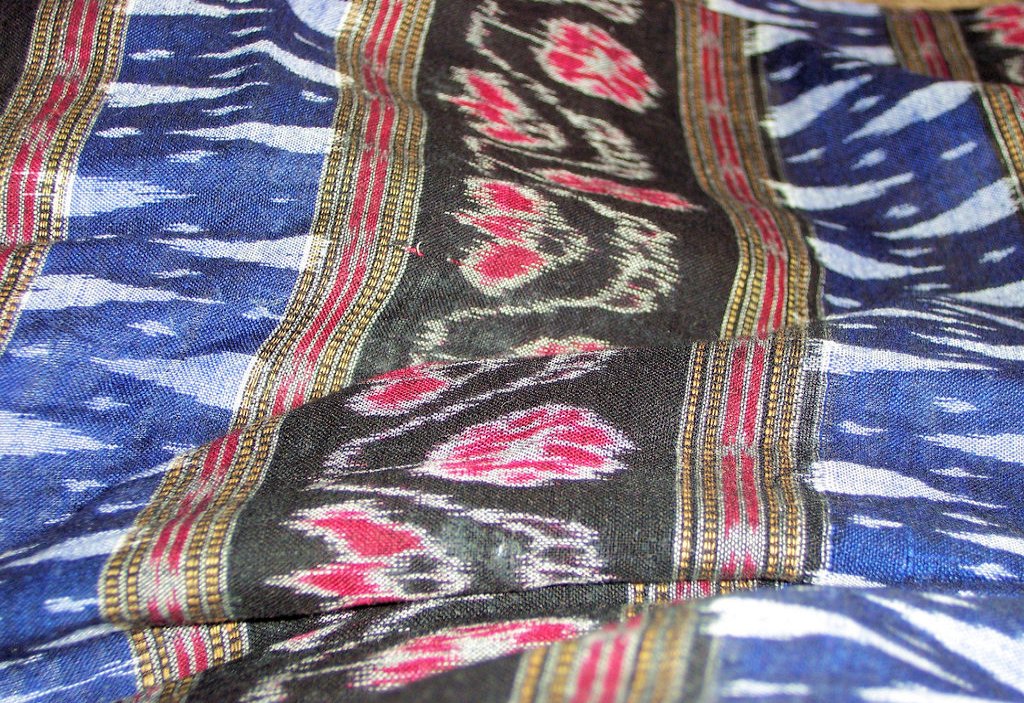India's luxury quotient is defined by silks. It is not complete without exquisite silks for auspicious occasions and celebrations. Shiny fabric gives us a regal look, and adds a touch of elegance to the wearer. Silk is worn by the bride and groom, as well as most of the guests, at our weddings, a sort of silk-inspired fashion show. Silk is also an important part of other celebrations. Considering that we are the largest silk consumers and silk producers, it's no surprise we are the world's biggest silk consumer and producer. The industry must thank the Indian women for their taste and appetite for silk since more than 75% of this consumption is in the form of Silk Saris.
There is also a close relationship between the origins of silk and the types. Silk yarn is produced by a variety of silkworms, and every region has its own distinct patterns and designs. The place where silk comes from is often associated with it - Banarasi, Kanchipuram, Dharmavaram, Paithani, etc. Caterpillars, popularly known as silkworms, secrete proteins as they move through fluid states to form silk. It is important to understand what these silkworms eat to understand different types of silk.
Silk, which is derived from animal protein, acts both as an insulator and a coolant. The type of silk depends primarily on two factors - the species of silkworm and the leaves the silkworm consumes before starting to weave the cocoon. Mulberry silk and non-mulberry silk can be broadly divided into two categories.
Mulberry Silk
Silk mulberry is the most common form of silk, accounting for 90 percent of global production. Mulberry silk is most commonly produced in India. It is produced by the Bombyx mori worm feeding on mulberry leaves. The drapes are naturally sheeny, soft, and smooth, as we are so accustomed to with silk drapes. A process called moriculture is used to grow Mulberry plants to produce large quantities of leaves. Mulberry leaves can nourish one caterpillar for its entire life with roughly 500 grams. You can do the rest of the math, and the silk they produce often lasts for more than a century. Mulberry silk has a soft, smooth, natural sheen, and is strong and durable.
Vanya Silk – Wilder Types of Silk
India produces three types of silk other than Mulberry - Tussar, Muga, and Eri. In addition to Vanya Silk, they are also known as a slightly wilder variety of silk. 'Vanya' means forest or wild in Sanskrit. Here, the silkworms feed on wild plants, and the yarn they spin reflects that as well - it varies in color and texture, giving the fabric a distinct look. This silk is somewhat raw and has a different texture from the usual silk.
Tussar silk
The material comes from Jharkhand, Chhattisgarh, West Bengal, and Bihar, which are all located in the Tussar belt of central India.
Muga Silk
This silk is woven from aromatic leaves of the Som and Sualu plants primarily in Assam by a domesticated multivoltine silkworm, Antheraea assamensis. The yellowish-green color of this silk makes it one of the top choices for weaving Chadors and Mekhalas.
Ahimsa Silk
Unlike conventional silk, Ahimsa silk is not produced by boiling cocoons. In this way, the larvae turn into moths and break open the cocoon. Additionally, this offers a good opportunity for the new-age entrepreneurs to create new products using silk, increase the supply of raw silk, and integrate the ancient heritage of ours with the future lifestyle.
In the apparel industry, silk is commonly used for consumer products. Its amazing softness and durability over thousands of years is why consumers prefer real silk over synthetic alternatives. Silk is used in clothing such as scarves, shirts, blouses, and eveningwear. Home furnishings might include a silk pillow, curtain, or wall hanging. Silk is environmentally friendly and non-destructive, owing to its natural composition. It is possible to harvest and produce wild silk without causing any environmental harm, however cultivating silk and transporting it worldwide may have adverse effects. Dresses and traditional outfits are decorated with this embroidery. Accessories include embroidered scarves, shawls, and ribbons of silk made by artisans throughout the world. In India, embroidered silk fabrics hold a special position. Silk embroidery influences and is used in the manufacture of traditional Indian outfits worn by women all over the world. Textiles, dresses, and fabrics embroidered with silk are widely exported. These products contribute to the fashion industry, as well as emerging market trends.


Leave a comment
This site is protected by hCaptcha and the hCaptcha Privacy Policy and Terms of Service apply.